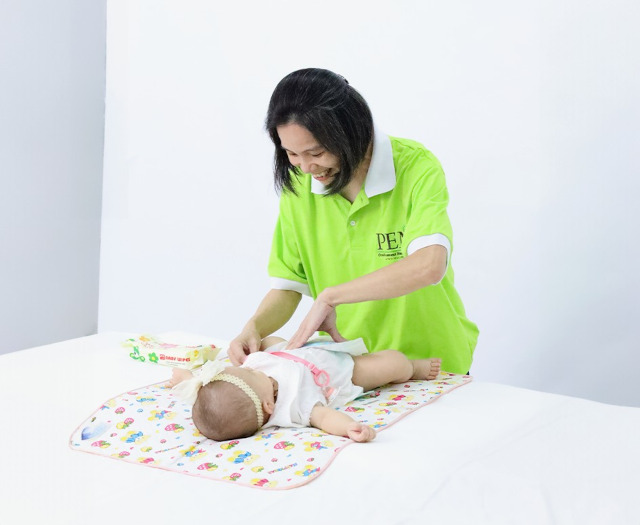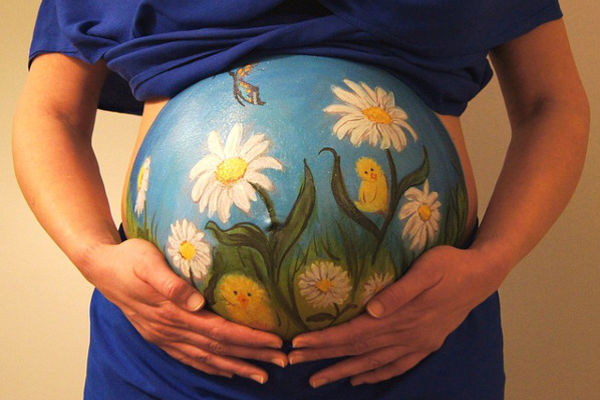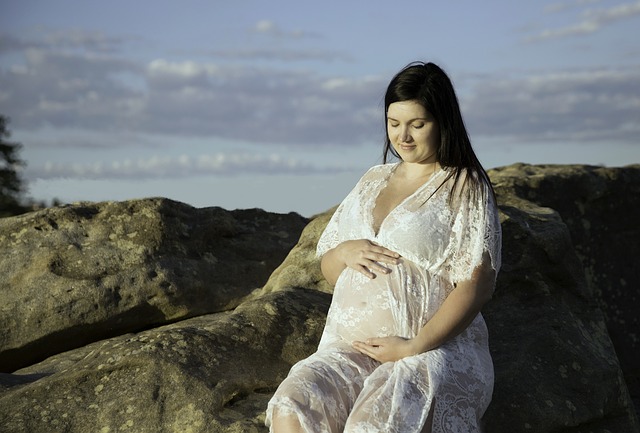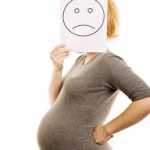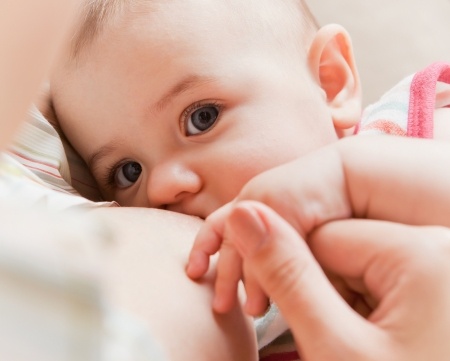Q: I just can’t seem to get pregnant! When do I know to stop trying? Are there any other alternatives I can try for a child?
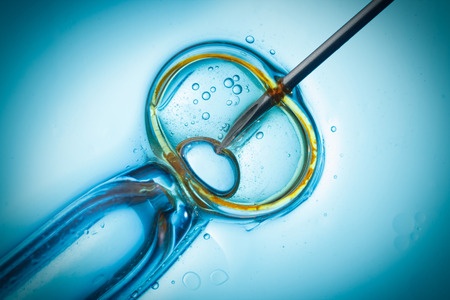
Causes of Infertility
If a couple has been trying unsuccessfully for one year without contraception, that is primary infertility. Generally, causes of infertility can be categorized as female, male factors or a combination of both. Occasionally no cause can be found, in which case it is termed idiopathic infertility.
One of the commonest causes of female infertility includes ovulation disorder. Other factors may be fallopian tube blockage, anatomical distortion of the uterus, poor ovarian reserves due to previous ovarian surgery or age, and sexual dysfunction.
Sperm abnormalities constitute one of the commonest reasons for male infertility. The counts may be poor, or sperms may be tired, have poor motility and the percentage of normal looking sperms is low. Less frequently, sexual disorders such as erectile dysfunction, premature ejaculatory disorder and retrograde ejaculation have an impact on a couple’s sexual life, diminishing sexual satisfaction and successful completion of the sexual act.
A couple ought to seek medical attention if they have been having futile efforts in conceiving after a year. However, in women more than 30, it is advisable to have investigations carried out earlier after 6 months of unsuccessful attempts.
Treatments
The treatment of infertility largely depends on the cause. The ovulatory disorder may be effectively managed with ovulation-inducing medications such as clomiphene citrate, tetrazole, or synthetic hormone injections. Blocked fallopian tubes and certain anatomical distortion of the uterus may be amenable to surgical correction. Sperm abnormalities generally lack effective medical treatment.
There are assisted reproductive techniques that improve the chances of conception.
Artificial insemination involves ultrasound monitoring of ovarian follicle size and timing insemination of processed sperms directly into the womb cavity. The overall success rate varies between 5-9%, depending on the reason for infertility.
In-vitro fertilization, commonly known as test-tube babies, gives the best chance of pregnancy, with success rates as high as 40%. Oocytes are retrieved from the ovary through an ultrasound-guided procedure and the oocytes are then fertilized in the laboratory. The fertilized oocyte, also termed as an embryo, will then be replaced into the womb to be implanted.
Q: How long does a C-section wound take to heal? What is the recommended time to start trying for another child a Caesarean?
The external wound of a C-section heals within 10-14 days. However, the deeper layers of the C-section wound may take up to a few months for complete healing and scar remodelling. It is best to wait for at least one year after previous caesarean section before becoming pregnant again. This will allow ample time for complete scar healing.
These questions were answered by Dr Ben Choey, Obstetrician & Gynaecologist at SBCC Women’s Clinic (Clementi).
*Update: Dr Ben Choey is no longer with SBCC Women’s Clinic.
If you find this article useful, do click Like and Share at the bottom of the post, thank you.
Want to be heard and seen by over 100,000 parents in Singapore? We can help! Leave your contact here and we’ll be in touch.





